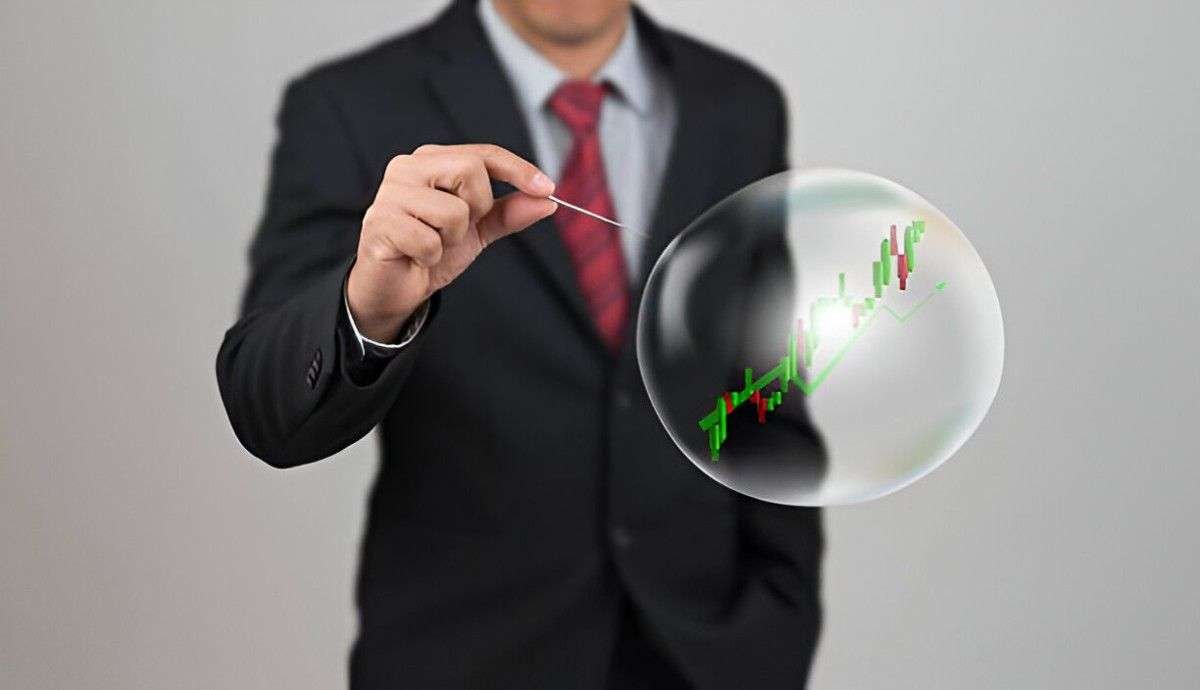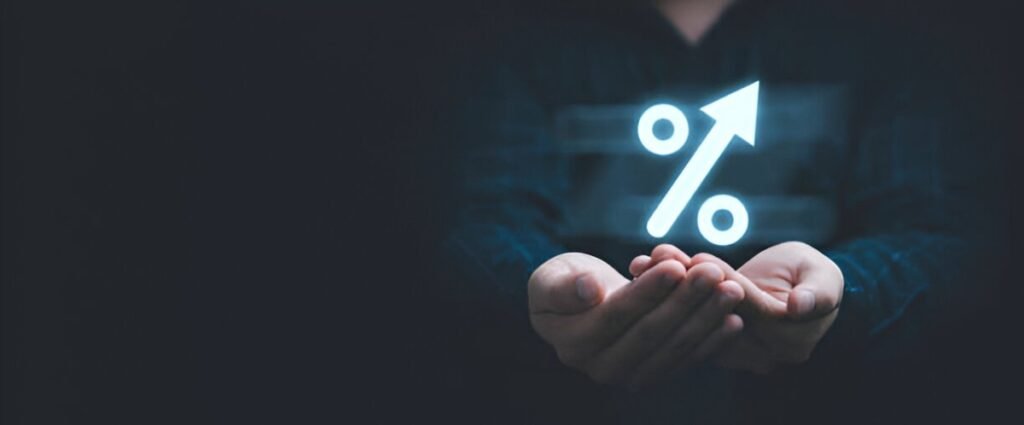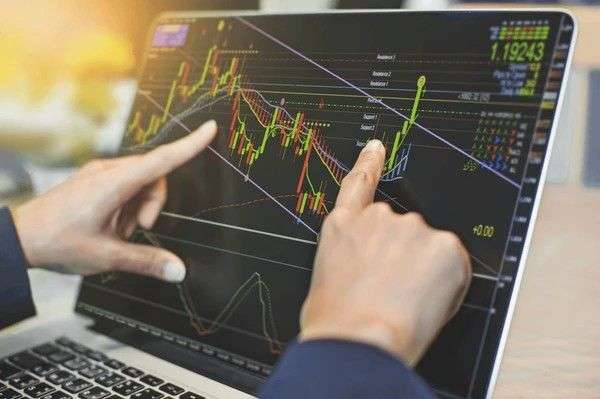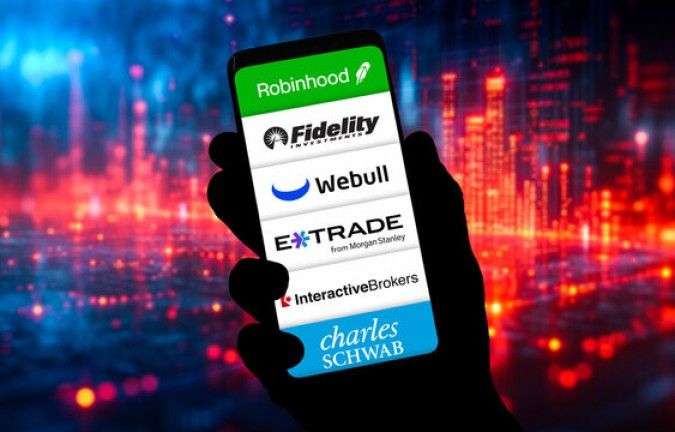As an investor, I have often heard the term “stock market bubble” thrown around in discussions, and like many, I have wondered: what does it truly mean? The idea of a bubble is simple enough at first glance—an inflated stock price that eventually bursts. But when you look closer, the complexities grow. In this article, I want to explore the stock market bubble concept in depth, breaking it down with examples, calculations, and illustrations. This way, I hope to provide you with a solid understanding of what a bubble is, how it forms, and what signs to look for before it pops.
Table of Contents
What is a Stock Market Bubble?
To begin, let’s define what a stock market bubble is. A bubble occurs when the price of an asset, such as a stock, rises far beyond its actual value. Often driven by excessive demand, speculation, and sometimes irrational exuberance, prices climb rapidly, and the asset becomes overvalued. However, this inflated price is unsustainable, and eventually, the bubble bursts, causing the asset’s price to crash back to its real value or even lower.
I think it is helpful to compare this to the behavior of a soap bubble. Initially, it grows steadily, expanding in size. But eventually, it reaches a breaking point and pops, deflating quickly. The same can happen in the stock market.
How Do Bubbles Form?
Bubbles form when investors become overly optimistic about an asset’s future potential, often ignoring its true worth. This optimism leads to speculative buying, which further drives the price upward. As prices continue to rise, more investors jump in, believing they can profit from the growth. Here are some common triggers for stock market bubbles:
- Speculation: Investors buy based on expected future price increases, not on the actual financial health or performance of the company.
- Irrational Exuberance: People get caught up in the excitement, ignoring the risks of the asset’s overvaluation.
- Low-Interest Rates: Low borrowing costs can push more money into the market, inflating asset prices.
- FOMO (Fear of Missing Out): Investors rush in for fear of missing a potential gain, further inflating the price.
Let me illustrate this with an example. Imagine that I invest in a tech company’s stock. The company is innovative, and its growth seems unstoppable. Initially, the stock price is $50 per share, which I think is a fair price based on the company’s earnings and potential growth. However, as more and more investors hear about the company and its success, the stock price rises to $100. Others, fearing they might miss out, start buying the stock as well, pushing the price to $200 per share, even though the company’s fundamentals haven’t changed.
At this point, I have to ask: is the stock worth $200? It might not be. But as long as everyone continues buying, the price keeps rising. Eventually, however, the hype wears off, and the stock crashes, possibly back to its original $50 per share—or lower. This is the classic bubble pattern.
The Stages of a Stock Market Bubble
The formation of a bubble follows a distinct pattern that can be broken down into several stages. I’ll go through these stages, explaining each with examples to give you a clearer understanding.
- Stealth Phase: During this stage, the stock or asset begins to rise gradually. Only a few investors notice, and most market participants are still unaware of the potential for rapid growth.Example: In the early days of the internet, few investors believed in its long-term potential. But slowly, the idea of an internet-based economy started to gain traction.
- Awareness Phase: As the asset starts to rise, more people start paying attention. The early investors start making significant returns, and the buzz begins to build.Example: In the late 1990s, companies like Amazon and eBay started attracting attention. Investors saw their potential and began purchasing stocks.
- Mania Phase: At this point, speculation is at its peak. Everyone wants in on the action, and the price is increasing rapidly. Media hype and emotional buying dominate the market.Example: During the Dot-com bubble in the late 1990s, stocks of companies with little to no revenue were soaring. People were buying shares in companies that didn’t even have solid business models, purely based on speculation.
- Blow-off Phase: This is the final stage when the bubble bursts. Prices reach unsustainable levels, and once the first signs of trouble appear, the selling begins. As prices drop, panic sets in, and the asset’s value plummets.Example: The bursting of the Dot-com bubble in 2000 resulted in a sharp decline in the stock prices of many tech companies. Amazon, for example, saw its price fall by more than 80% from its peak.
Recognizing a Bubble: Key Indicators
Now that I’ve outlined the stages, you might be wondering, “How can I tell when a bubble is forming?” It’s not easy, but there are some key indicators that can give us a hint.
Overvaluation of Stocks
One clear sign of a bubble is when stock prices are way higher than what the company’s financials justify. This can be measured using valuation ratios like the Price-to-Earnings (P/E) ratio. If the P/E ratio of a stock is extremely high compared to historical averages or industry peers, it may indicate an overvalued stock.
Let’s consider an example. Suppose the average P/E ratio for the tech industry is 20, but a particular stock is trading at a P/E ratio of 100. This suggests that the stock may be overpriced and a bubble might be forming.
| Stock | Industry Average P/E | Stock P/E Ratio | Indication |
|---|---|---|---|
| ABC | 20 | 100 | Overvalued |
| XYZ | 15 | 30 | Overvalued |
| DEF | 25 | 18 | Fairly Valued |
Excessive Margin Debt
Another warning sign is when investors borrow excessively to buy stocks, using margin debt. When margin debt increases, it indicates that more people are taking on risk, hoping that the market will continue to rise. If the market starts to fall, those who bought on margin may be forced to sell, further driving down the price and contributing to the bubble burst.
Media Hype and FOMO
As the price of an asset rises, the media often start covering it extensively. This creates a feedback loop, where people see the coverage, get excited, and buy the stock out of fear of missing out. When everyone starts talking about it, you might want to take a step back and reassess. If something sounds too good to be true, it probably is.
Historical Examples of Stock Market Bubbles
Let’s look at two well-known examples of bubbles: the Dot-com Bubble and the Housing Bubble.
Dot-com Bubble (1995-2000): In the late 1990s, internet-based companies were the talk of Wall Street. Startups with little or no revenue saw their stock prices skyrocket, driven by speculation about the future potential of the internet. However, when the bubble burst in 2000, many of these companies saw their stock prices fall dramatically.
| Company | Peak Stock Price | Price After Burst | Loss Percentage |
|---|---|---|---|
| Amazon | $113.25 | $7.77 | -93.1% |
| Pets.com | $11.00 | $0.19 | -98.3% |
| eToys | $85.00 | $3.00 | -96.5% |
Housing Bubble (2006-2008): The housing market saw rapid price increases, fueled by speculative buying and risky mortgage lending. When the housing market crashed in 2008, it triggered a global financial crisis.
| City | Peak Home Price (2006) | Price After Burst (2008) | Loss Percentage |
|---|---|---|---|
| Miami | $395,000 | $215,000 | -45.6% |
| Las Vegas | $315,000 | $135,000 | -57.1% |
| Phoenix | $280,000 | $120,000 | -57.1% |
Conclusion: Are We in a Bubble Now?
As an investor, the most important question is always, “Am I in a bubble?” While it’s impossible to predict the future, recognizing the signs of a bubble can help you make informed decisions. Looking at overvaluation, excessive speculation, and signs of panic or irrational exuberance are all red flags.
If you find yourself in a situation where prices are soaring without a clear reason, it might be worth considering whether you are in a bubble. And remember, not all market corrections are bubbles, but all bubbles end with a sharp burst.
In the end, the key is to stay grounded, make decisions based on sound reasoning, and avoid getting swept up in the excitement of a rapidly inflating market.





